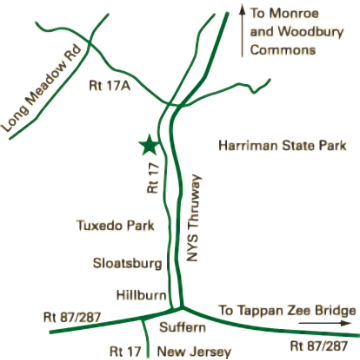Mowing: You should maintain your grass height at 3”. The roots are directly proportional to height of the grass. At 3” there is a substantial enough root system to support healthy turf through stressful periods. A short lawn leaves you vulnerable to insects, weeds and drought. If tour height exceeds 3” the grass becomes unkempt and chances of matting down or higher. You should mow your grass at 2” for the final cut of the year. This will help to minimize snow mold. Excessive grass length and prolonged snow cover cause snow mold. The grass becomes matted down and a fungus destroys the grass. A thorough raking and seeding are necessary at this point. It is all right to leave the lawn clippings. They do create thatch. Thatch is created from excessive fertilizing. They actually create food and you will not have to fertilize as much. Clippings are high in phosphorus. Keep your lawn mower blades sharp so dull blades do not tear the grass. The torn grass causes the grass to lose water and leaves it vulnerable to insects and diseases. Water your lawn in the morning for the best results.
Before applying fertilizer to your lawn the soil should be tested. Check with your local Cornell cooperative extension agent. You need to know how much phosphorus or potassium your lawn needs. Your ph should be checked. It should be between 6-7. The ph is the key to fertilizer nutrients being unlocked to feed your lawn. If it is off your lawn may not respond to fertilizing. Your Cornell cooperative extension agent will advise you if need to add lime or sulfur.
Fertilizing: Fertilizing 4 times a season should be sufficient for most lawns in our area. If your lawn exhibits poor color than you may need to increase the number of fertilizing you give it. Today fertilizers are a very good mix of soluble and slow release nutrients. This helps to maintain good coloration throughout the season while decreasing the amount of fertilizer that you need to apply. Remember to water the fertilizer in with 1/2″ of water.
March to April – Use a fertilizer that is combined with a pre-emergent crab grass control. If you seed do not put down pre-emergent. Try 22-0-3 with Team.
May to June – Fertilize with 22-0-5. This product contains a mix of soluble and slow release macronutrients as well as iron and other essential micronutrients.
August to September – Use the same directions as May to June.
October to November – Use the same directions as May to June. Please note that your last fertilizer application should come about 10 days after you top growth have finished. Organic fertilizer should not be used in the fall because it requires warm soil for microbial action to release the nitrogen.
Remember to read the bag! Fertilizer contains 3 essential macronutrients and many micronutrients. If the bag says 23-5-8, 23 represents the nitrogen, 5 the phosphorus and 8 the potassium. The micronutrients are listed individually.
Macronutrients:
- Nitrogen is essential for green color and growth.
- Phosphorus aids in root development.
- Potassium aids in cellular and vascular strength.
Micronutrients:
- Iron
- Manganese
- Magnesium
- Boron
There are various disease and insect problems that can occur during the summer months. Each situation should be inspected to ensure the proper diagnosis is made. Guessing leads to unneeded use of insecticides. During the stressful time of summer your lawn browns out (dormant due to stress) you should not fertilize until sufficient rainfall and temperature reductions occur. If the lawn dies the best time to seed your is in the end of august. The soil temperature is high and the moisture content begins to rise. The days are warm and the nights are cool. This leads to very good seed germination.






